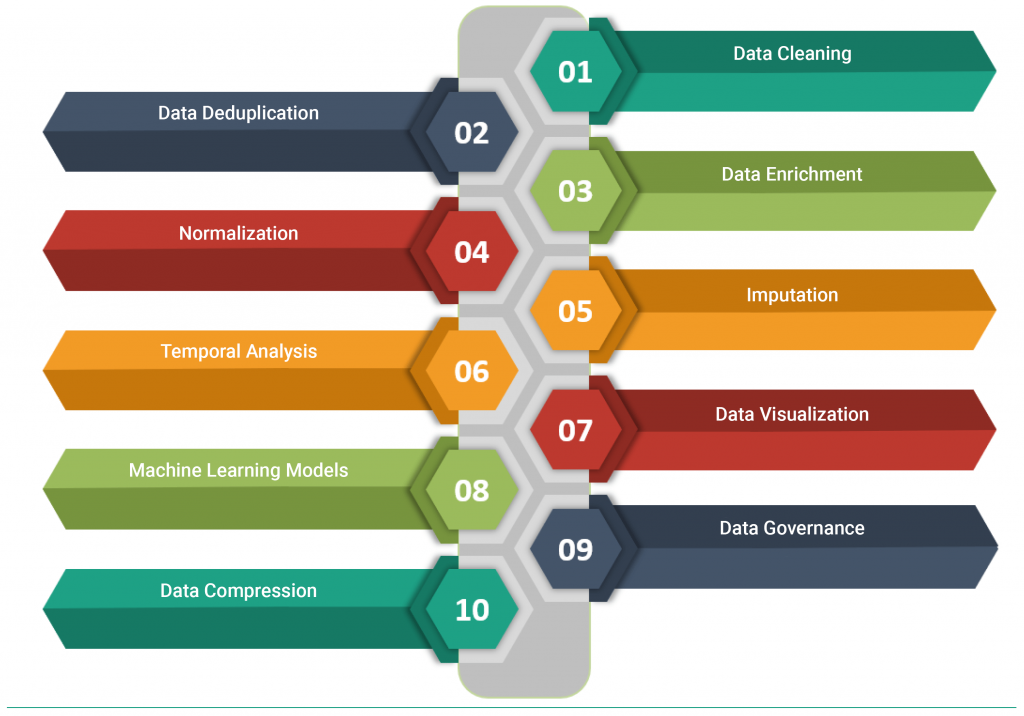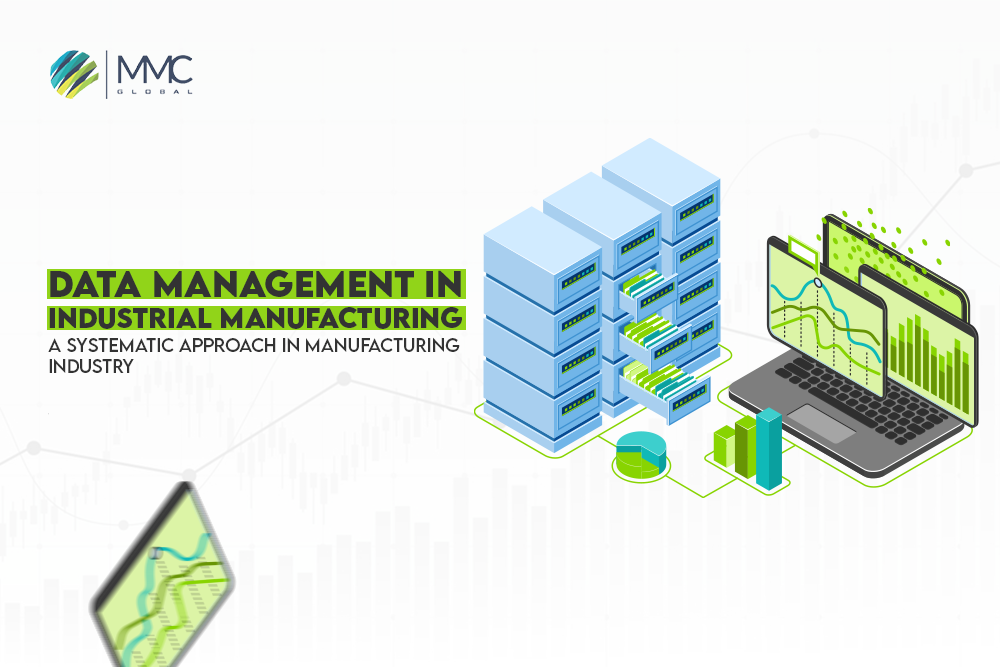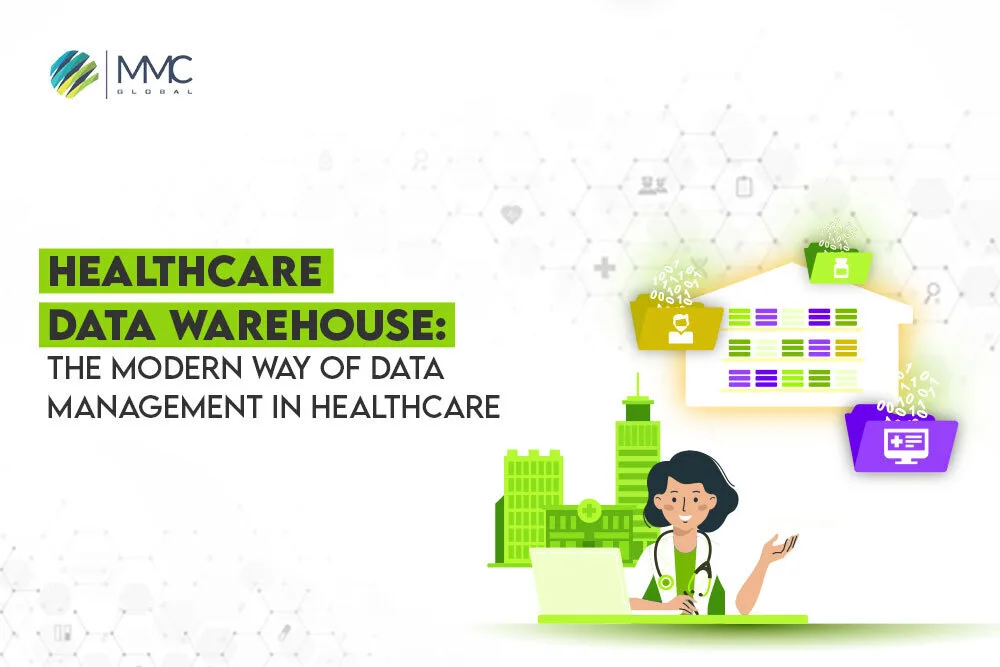Mind it, “Data is the Key,” no matter how old it is. In many organizations, old data transformation plays a vital role in capturing the market, studying the market demand, targeting and retargeting the audience, finding trends and patterns, and much more. I bet transforming your old data will be worth it!
Whenever you come across your old spreadsheets, you can find something useful for today. For example, last year, you approached 1000 members on your product launch, and a few numbers of people responded to you. To ensure your existence, you can again target those people on this year’s launch with some new leads.
In fact, your unlimited old data management system is waiting to be utilized for your new marketing and selling strategies. The old data transformation requires your attention, just like coal needs some effort to be a diamond.
Old data transformation can be customized according to your needs by extracting new data from old data, cleansing, auditing, and other required steps.
Old Data Transformation Essentials

Data Audit
A data audit systematically examines an organization’s data assets to assess their accuracy, completeness, consistency, and security. It involves scrutinizing data sources, storage methods, and data management processes to ensure compliance with regulations and best practices. During old data transformation, trained professionals audit data by reviewing data quality metrics, such as data validity, reliability, and relevance. It identifies any discrepancies or anomalies that may compromise data integrity.
Additionally, data audits often include an evaluation of data governance policies and procedures to ensure that data access controls, data retention policies, and data usage policies are properly enforced. The insights gained from a data audit empower organizations to make informed decisions regarding data management strategies, data infrastructure investments, and regulatory compliance efforts. It ultimately strengthens their overall data governance framework and mitigates risks associated with poor data quality or data misuse.
Refining Old Data
Old data transformation is highly dependent on refining or cleaning existing data. This process helps to identify incorrect records that may corrupt your whole data file. Moreover, refining old data involves enhancing its quality, relevance, and usability. It has several steps that you need to overview:

Data Cleaning
This involves identifying and rectifying errors, inconsistencies, and duplicates within the dataset. Data management techniques such as outlier detection, spell-checking, and standardization can be applied to improve data quality.
Data Deduplication
Removing duplicate records ensures that the dataset is streamlined and reduces the likelihood of errors in analysis. Deduplication algorithms can be employed to identify and merge duplicate entries accurately.
Data Enrichment
Supplementing existing data with additional information can enhance its value. This could involve appending demographic data, geospatial information, or socioeconomic indicators to enrich the dataset and provide more comprehensive insights.
Normalization
Standardizing data formats, units, and structures across the dataset facilitates consistency and comparability. Normalization techniques ensure that data is organized in a uniform manner, simplifying analysis and interpretation.
Imputation
Addressing missing values through imputation techniques helps maintain data completeness. Imputing missing values using statistical methods or predictive models can preserve the integrity of the dataset while enabling more comprehensive analysis.
Temporal Analysis
Analyzing historical data trends over time allows organizations to identify patterns, seasonality, and long-term changes. In fact, the temporal analysis provides valuable context for understanding the evolution of phenomena captured in the dataset.
Machine Learning Models
Employing machine learning algorithms can extract valuable insights from old data. Techniques such as clustering, classification, and regression can uncover hidden patterns, relationships, and predictive models within the dataset.
Data Visualization
Visualizing old data using charts, graphs, and interactive dashboards enhances its accessibility and interpretability. However, data visualization techniques enable stakeholders to gain insights quickly and communicate findings effectively.
Data Compression
Compressing old data reduces storage requirements while preserving its essential information. Moreover, techniques such as lossless compression algorithms maintain data fidelity, making it more efficient to store and access.
Data Governance
Implementing robust data governance practices ensures that old data remains accurate, secure, and compliant with regulatory requirements. Establishing data stewardship roles, access controls, and audit trails safeguards data integrity and privacy over time.
By applying these techniques, organizations can transform old data to extract valuable insights, support decision-making processes, and drive innovation across various domains.
Must-Have Tools and Software For Data Processing
Essential software for data processing plays a vital role in managing, analyzing, and deriving insights from vast volumes of data. Among the indispensable tools are programming languages like Python and R, renowned for their versatility in handling data manipulation, statistical analysis, and machine learning tasks. Database management systems such as SQL Server, MySQL, or PostgreSQL provide robust platforms for efficiently storing and retrieving structured data.
NoSQL databases like MongoDB or Apache Cassandra offer scalable unstructured or semi-structured data solutions. Data visualization tools like Tableau, Power BI, or Matplotlib enable users to create compelling visual representations of data trends as well as consumer buying patterns. Additionally, for big data processing, Apache Hadoop and Spark provide distributed computing frameworks for handling massive datasets across clusters of computers.
Moreover, data processing pipelines can be streamlined using workflow orchestration tools like Apache Airflow or Luigi, facilitating automated data processing tasks. Lastly, for advanced analytics and machine learning, platforms like TensorFlow, PyTorch, or scikit-learn provide powerful libraries and frameworks to build and deploy predictive models. These essential software tools form the backbone of data processing pipelines, empowering organizations to extract actionable insights and drive informed decision-making processes.
Protect Old Data For The Future
Shielding old data is paramount to ensure its integrity, confidentiality, and availability. Implementing robust security measures begins with controlling access to sensitive data through user authentication as well as authorization mechanisms. Encryption techniques, such as AES or RSA, can be employed to protect data at rest and in transit, safeguarding against unauthorized access.
Regular backups and disaster recovery plans mitigate the risk of data loss due to hardware failures, cyberattacks, or natural disasters. The application of data anonymization or pseudonymization techniques protects individual privacy while still allowing for meaningful analysis.
Additionally, implementing comprehensive data governance policies and procedures ensures adherence to regulatory requirements and industry best practices. Regular audits and monitoring help detect and promptly respond to security threats or breaches. By adopting a multi-layered approach to data security, organizations can safeguard their old data assets effectively, preserving their value as well as integrity over time.
Read more: Data Management In Manufacturing: A Systematic Approach In the Manufacturing Industry
Advantages Of Old Data Transformation

Enhanced Decision-Making
Organizations can derive valuable insights that inform strategic decision-making by transforming old data into a more usable and insightful format. In addition, historical data trends, patterns, and correlations can help forecast future outcomes and guide business strategies effectively.
Improved Data Quality
Through transformation processes such as cleaning, deduplication, and normalization, old data can be refined to improve its quality and accuracy. This ensures that decisions made based on historical data are more reliable and trustworthy.
Cost Reduction
Transforming old data can help optimize storage and processing costs. By consolidating, compressing, or archiving old data, organizations can free up valuable storage space and reduce the resources required for data management and analysis.
Enhanced Data Accessibility
Transforming old data into more accessible formats or integrating it with modern data systems makes it easier for users to access and utilize. This accessibility encourages broader use of historical data across different departments and teams within the organization.
Facilitates Compliance
Old data transformation can help ensure compliance with evolving regulatory requirements and data protection standards. Organizations can protect sensitive information by applying data anonymization or pseudonymization techniques while still leveraging historical data for analysis and reporting.
Supports Innovation
Transformed old data can serve as a valuable resource for innovation and experimentation. Data scientists and analysts can use historical data to develop and test new algorithms, models, and hypotheses, driving innovation and improving business processes.
Long-Term Strategic Insights
Organizations can gain a deeper understanding of long-term trends and patterns by transforming and analyzing old data. Moreover, the historical perspective enables better strategic planning and risk management, helping organizations adapt to changing market conditions and anticipate future challenges.
Wrapping Up
The overall objective of old data transformation is to save cost & time and improve decision-making. The right investment in data transformation will lead organizations on a progressive and successful track.
Tap into the world of data transformation, where cleansing and extracting meaningful data can influence your marketing campaigns as well as increase your selling opportunities. If you want to transform your dusty data into a clean data management system and want a secure repository to protect a pile of data, MMC Global will assist you at every step.


